
Do you have a question about the GRAUPNER harpoon II and is the answer not in the manual?
Emphasizes the critical need to thoroughly read and understand all safety and building instructions before proceeding with assembly.
Clarifies that Harpoon 2 instructions build upon Harpoon 1, focusing on new features and detailed illustrations for clarity.
Details the recommended turbine thrust and specific model numbers required for the propulsion system.
Lists recommended computer systems for radio control, specifying frequency bands and country considerations.
Specifies recommended servos, extensions, and other RC components needed for various control functions.
Lists required switches and receiver battery specifications for the model's operation.
Lists essential accessories and turbine-related parts that are not part of the standard kit.
Provides a list of available replacement parts for the model, including fuselage, wings, and canopy.
Provides crucial safety warnings and essential information regarding the operation of jet-powered model aircraft.
Highlights critical safety points such as legal regulations, insurance, and safe operating distances.
Details Graupner's exclusion of liability for losses or damages arising from improper use or assembly of the model.
Outlines essential checks to perform before starting the model, including function, range, and component security.
Step-by-step guide for installing the turbine access hatch, including drilling, tube insertion, and securing mechanisms.
Instructions for cutting out and attaching the speed-brake flap, including hinge alignment and stop-piece installation.
Details on mounting the retract units into wing openings, aligning them, and securing with screws and pilot holes.
Describes methods for finishing and attaching the canopy, including preparing the frame and fitting the clear canopy.
Provides general guidance on creating and assembling control linkages, emphasizing servo centering and neutral positions.
Instructions for connecting the servo and pushrod to the speed-brake, including lever shortening and alignment.
Guide for screwing rudder servos into fuselage formers, fitting servo arms, and extending servo leads.
Details on marking, drilling, and assembling the thrust vectoring pipe and its pivot bearings.
Instructions for mounting the thrust vectoring servo onto the plywood plate and assembling the linkage.
Steps for assembling Servo-Locks, installing servos in wings, and preparing control surface linkages.
Guidance on fitting and aligning wing panels to the fuselage, including securing brass tubes and alignment pegs.
Instructions for measuring, potentially shortening, and correctly installing the wing joiner tube or carbon rod.
Steps for attaching fins/winglets, enlarging screw holes, and making holes for servo connectors.
Guidance on installing fuel tanks, including recommendations for specific types and secure mounting methods.
Detailed steps for mounting and aligning the turbine using a clamp and screws, ensuring correct nozzle projection.
Instructions for mounting the turbine electronics board and wiring it according to turbine manufacturer's guidelines.
Details on installing the canard servo and constructing the linkage, including alignment and securing methods.
Guidance on selecting and installing fuel tanks, including the use of specific GRP tanks or alternative PET bottles.
Instructions for programming the radio control system, including servo synchronization and travel adjustments.
Specifies recommended control surface travel ranges and expo settings for elevator, aileron, rudder, and canards.
Defines the CG range and provides guidance on adjusting it by positioning batteries for optimal balance.
Details on aligning the canard wings with the fuselage and mixing them with elevator controls.
Explains how to set the neutral position of the thrust vectoring pipe and mix it with elevator controls.
Provides essential steps and checks required for a successful first flight of the model aircraft.
Crucial safety warnings for operating jet-powered models, including reading instructions and understanding risks.
Advises checking local laws, obtaining permits, and securing third-party insurance for model aircraft operation.
Emphasizes protecting others from injury, maintaining safe distances, and avoiding weather hazards.
States that the operator assumes full responsibility for model operation and absolves the manufacturer of liability.
Mandatory checks before each flying session, including control surface function, range checks, and CG verification.
Details specific hazards related to turbine operation, such as exhaust heat, intake suction, fuel handling, and rotation zones.
Stresses the importance of maintaining the model in good condition and prohibits self-repair of the turbine.
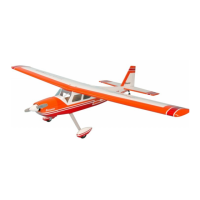
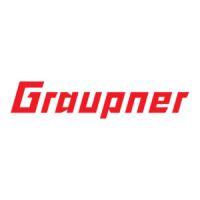
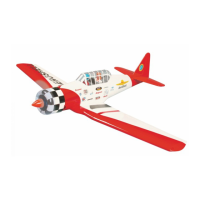
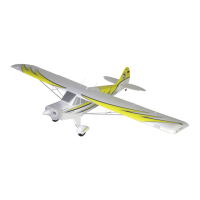
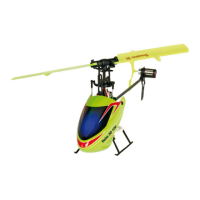
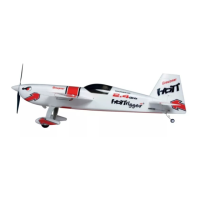
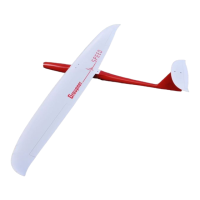
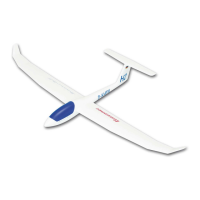

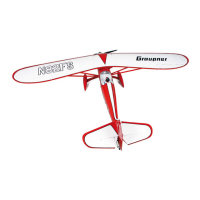
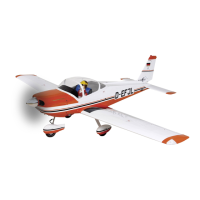
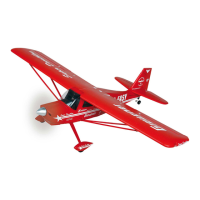
